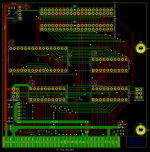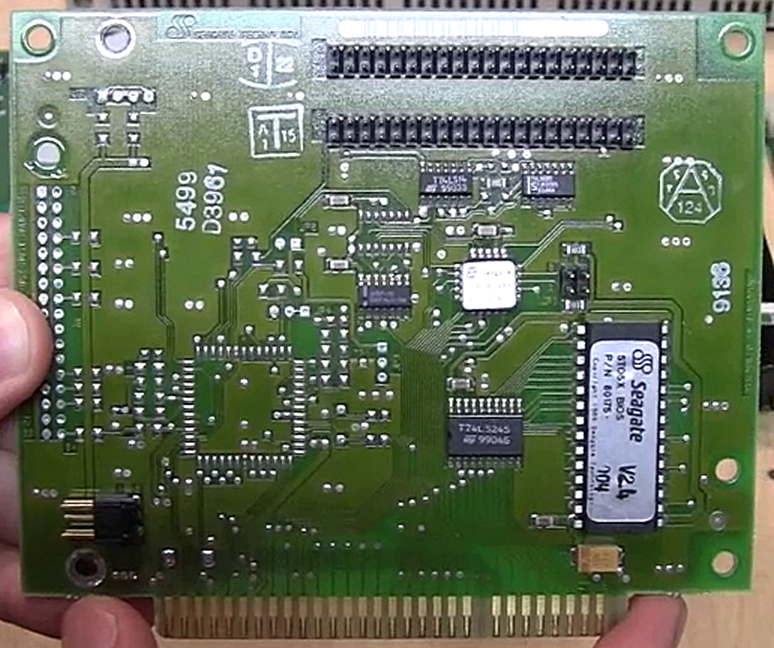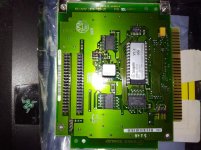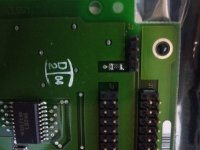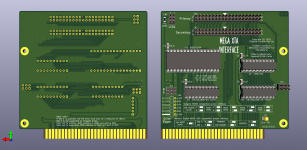Eudimorphodon
Veteran Member
I was thinking a double-size RAM card that added up to 512 of RAM, with 128K of that potentially being UMB, and JRide style memory mapped XT-IDE. You can't get the CF card out easily, but if you have the serial adapter (I do, so I guess I am biased), you can transfer files over that pretty easily. I am wondering now if maybe all the needed address lines are not available.
They’re (effectively) not, the RAM socket is hard decoded to under-640k area and the daisy-chained cards use a weird system that hard codes them to 128k each, IBM’s own 256k cards use a workaround to effectively look like two cards. You would have to tap signals on the motherboard proper and somehow trick the decoder, which is an ASIC, to sneak more RAM or a peripheral through that door. (It was one of many ideas I floated myself.)

